
views
CHENNAI: In Tamil Nadu, 99 among 100 children in the age group of 6 to 14 are enrolled in schools. Yet, half of the class III, IV and V students cannot read a simple four-sentence paragraph in Tamil meant for class I. Nor can 45.9 per cent of class I students recognize numbers. These pointers to the appalling quality of education were revealed at the release of Annual Status of Education Report (ASER), 2011, held here on Saturday.The ASER 2011 survey, conducted by the Pratham Education Foundation, tested 26,350 rural students in 29 districts of the state for their reading and arithmetic capabilities. In both parameters, the state fell short of the national average, performing better only than Bihar when it comes to reading abilities of Class I-II students.Busting the myth that government schools were academically inferior to private educational institutions, the report has revealed that the difference in performance between these categories is only little. While 65 per cent of students in private schools in class V couldn’t read a Class II level text, among students in government schools, the number was 68. “This proves that the decision of parents enrolling their kids in private schools for better performance is a choice made of ignorance about the qualitative difference in education between the schools,” explained educationist Dr V Vasanthi Devi, who was present at the event.While only 48.2 per cent of India’s children in class V can read a story, in Tamil Nadu, the number is much lesser at 32.3 per cent. The national average in itself has reduced by 5 per cent from last year.With the Right to Education Act being implemented, it has been revealed that more than half of the schools in the state (52.3 per cent) have the pupil-teacher ratio required by the Act (Two teachers for up to 60 students in Classes I-V). Three-fourth of schools have the required teacher-classroom ratio of the Act -- at least one classroom for every teacher. Only 48.4 per cent schools in TN have a usable toilet, while 77.6 per cent have drinking water facilities.“The report is an indication of the inequality in the country, and efforts should be made to study the qualitative outcome of our education programmes,” said Balaji Sampath, secretary of AID India, whose Eureka Child initiative assisted the survey. N Ram, director of Kasthuri and Sons Ltd, released the report. Also present at the event were Dr G Viswanathan, founder and chancellor of VIT University, Vellore, and educationist Dr S S Rajagopalan.











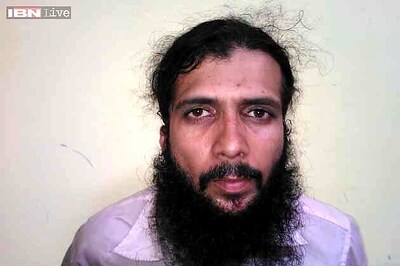
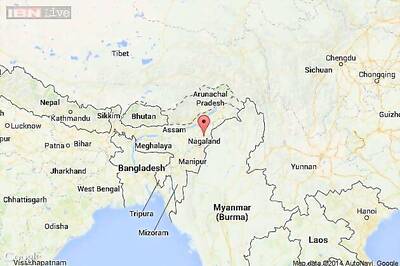
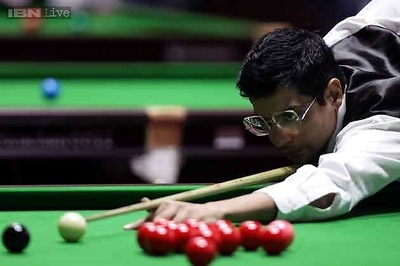


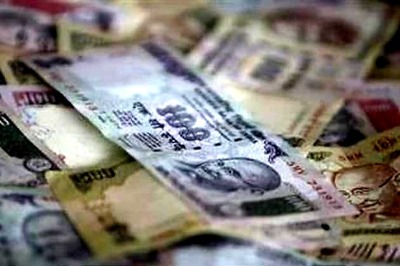
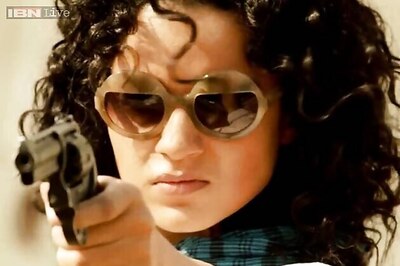


Comments
0 comment